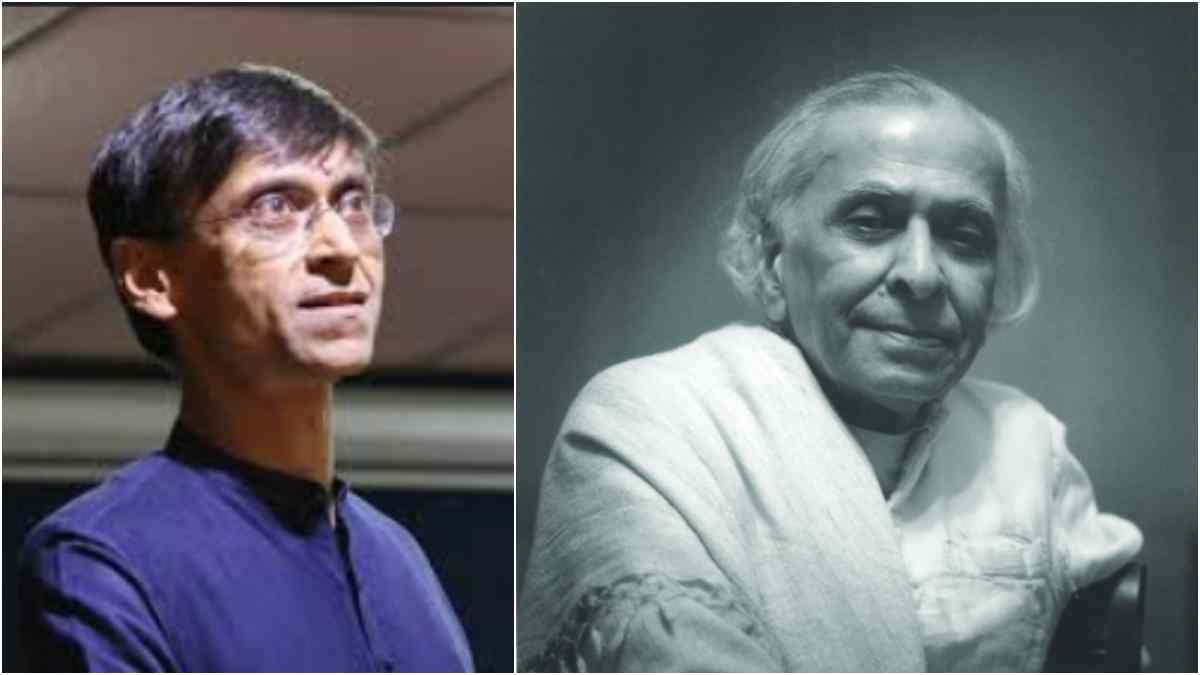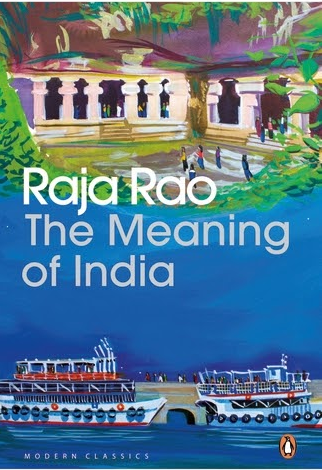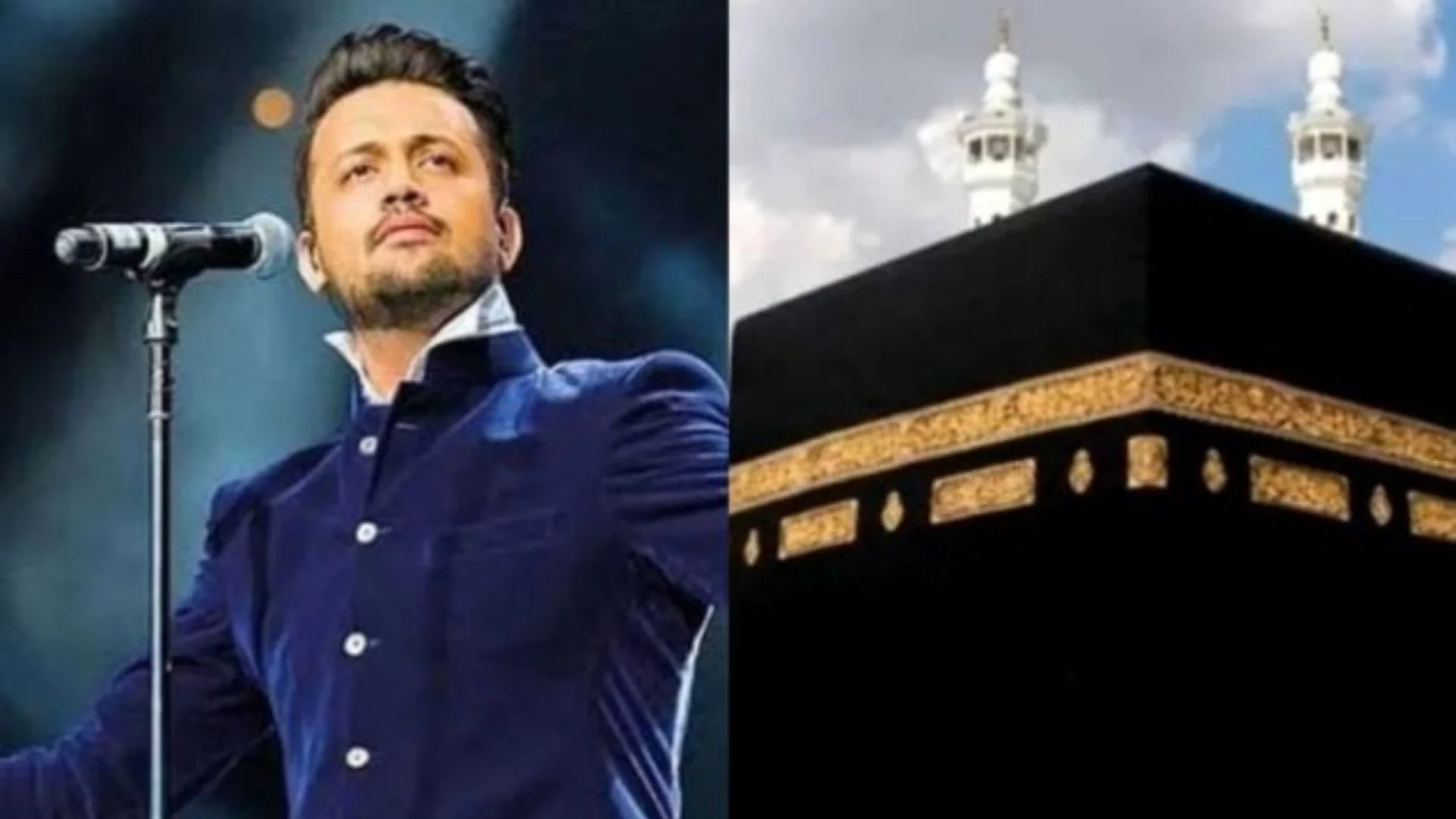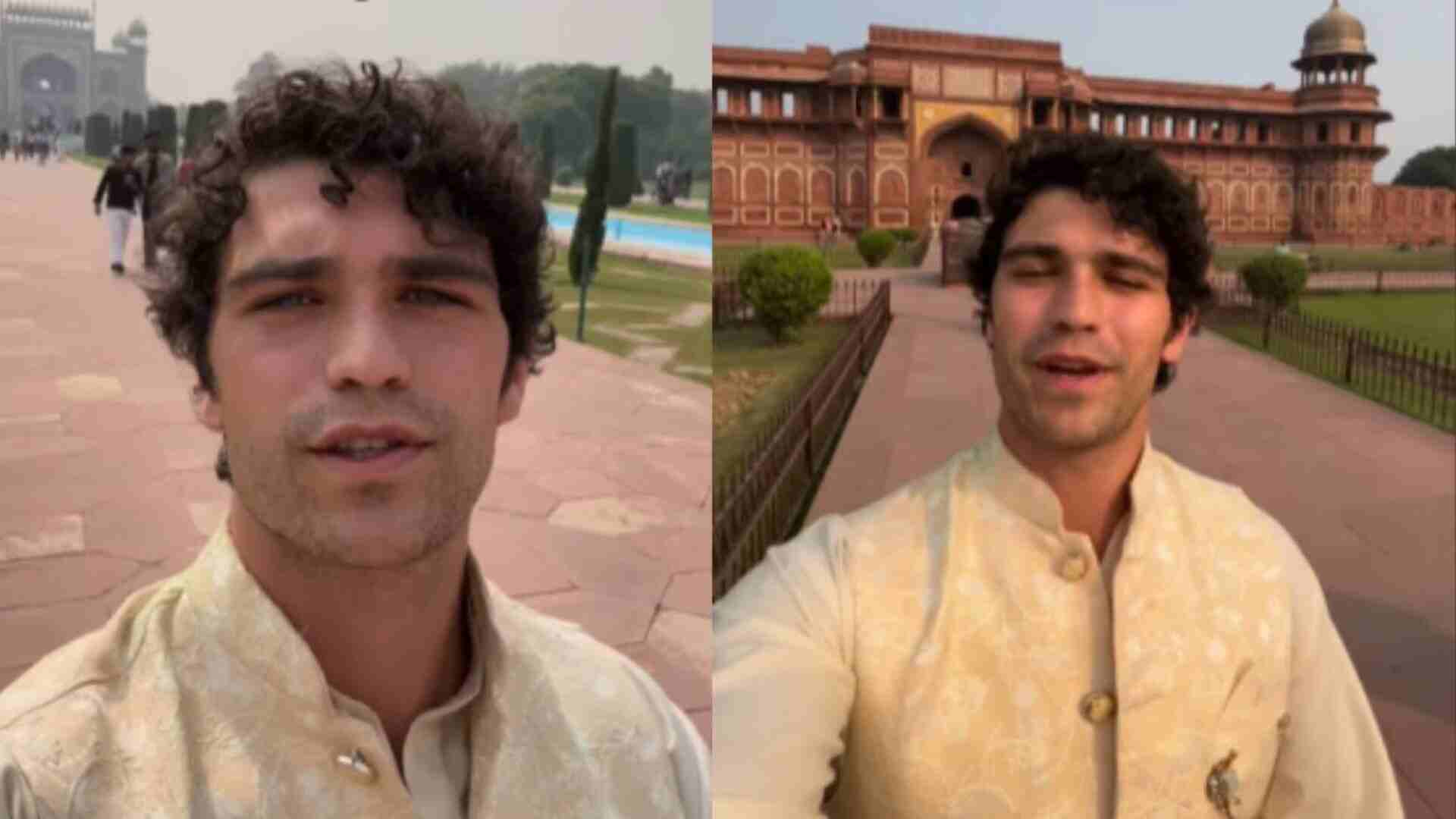
I remember seeing Raja Rao’s book The Serpent and the Rope ever since I remember seeing the world. A book lying prominently in my father’s library. And I would often wonder why this “children book” — about serpents and some rope tricks — had no cartoons. My father would laugh and say nothing. Maybe he wanted me to find out on my own. And when I did, it turned out to be one extraordinary book by the philosopher writer who, according to Prof Makarand Paranjape, “lived in a different world, in a different time too”, exploring the idea of India, which defies the simplistic black-and-white binary in circulation in today’s polarised ideological extremes. No wonder, a central figure in The Serpent and the Rope reminds how “India is not a country like France is, or like England; India is an idea, a metaphysic.”

Raja Rao’s books were constantly in search of the idea of India. So, when Prof Paranjape reintroduced Raja Rao’s 1996 book The Meaning of India with his own scholarly “Introduction”, it was bound to get attention, especially at a time when there’s a renewed interest in the idea of India. The Daily Guardian talks to the learned professor, who is currently the Director of the Indian Institute of Advanced Study, Shimla. Excerpts:
Q. You have written a brilliant forward of the book The Meaning of India. Please tell us about your interpretation of the book and your association with the one and only Raja Rao.
A. I first met Raja Rao when I was doing an MA in English at the University of Illinois at Urbana-Champaign. He was invited to address the students of Professor Braj B. Kachru’s graduate seminar. I still remember how he kept dozing off. I, being somewhat younger, certainly more tactless than the rest of our small group asked, “Sir, did you not sleep well last night? You look very tired.” He said, “No, I sleep very well, thank you.” We looked at him curiously, expecting more. “You see, I am still on India time,” he smiled, showing his gold-capped tooth. “Did you just return from India?” I asked, taking the issue forward logically. He paused for a while and said, “Oh no. It was a few months ago.” I suddenly realised that Raja Rao lived in a different world, in a different time too.

Later that evening, after socialising for a few minutes, he sat alone in a large mahogany chair at the Kachru’s residence, where select members of the Indian community had been invited to meet him. I sat next to him. We were quiet for a while. Then he asked, “What do you want?” I felt baffled by the question. I stammered, “Right now? Well, right now, I want to finish my masters, then perhaps… go on to do a PhD?” He looked me straight in the eye. “No, no you, not now. What do we want? What do we all want?”
My mind became very still. I intuited that he was referring to something beyond the mundane. What do we all want? Do I know that answer to that question today, after nearly forty years after that encounter? I am not sure. But Raja Rao was clear. We all want the peace that can only come from non-duality. Advaita.
That to him was India’s truth. That was the meaning of India. But how to get it? It is only through the Guru. Someone who embodies that truth of non-duality. And that is what I have tried to explain in my long Introduction to his book too.
Q. One of the central characters of Raja Rao’s book The Serpent and The Rope said, “India is not a country like France is, or like England; India is an idea, a metaphysic.” In fact, Raja Rao himself had once told a UNESCO official, who wanted him to write a book on India, that India didn’t exist! What did he mean by that?
A: That line also occurs in The Meaning of India. It means that India is not just a desa, a geography. It is a darsana, a way of looking at the world. Or a way of looking at oneself in and beyond the world. It is in that sense that India is much more than a nation; it is a state of mind. Yet, Raja Rao was deeply engaged, throughout his life, in India’s political, economic, and cultural status in the world. He actively participated in India’s freedom struggle. And all his life, he was conscious of India’s special role in the world. He was deeply spiritual, but also intensely practical, even political.
Q. The book was first published in 1996. The world has changed quite dramatically in these two-and-a-half decades. How relevant is the book for us so many years after it was originally published?
A: This is the sort of book whose relevance is not tied to immediately newsy or trendy fad. It is a book about India’s deeper meaning and purpose, what India really stands for. I believe it will be relevant for a long time to come. Yes, it is also grounded in its time, with real-life characters such as Gandhi, Nehru, and Malraux. To that extent it is not so much dated as fascinating in documenting those specific instances and people in a manner such as only Raja Rao can do. For instance, he wants Nehru to be a Bodhisattva and is rather disappointed to find India’s future Prime Minister so very Westernised and modern.
Q. Raja Rao writes about Gandhi and Nehru with a lot of respect and fascination. How did he see the contributions of the two in shaping the destiny of India?
A: Raja Rao believe that an ideal state, whether call it Ram Rajya or the Holy Roman empire, ought to be the marriage of wisdom and power. The two are separate, but must be “married”. The “male” being wisdom, the “female” being power. To him that was the deeper meaning of the Gandhi-Nehru partnership. But did it actually come off like that? No. We had the horrors of Partition and Gandhi himself was assassinated. I call it in my book, The Death and Afterlife of Mahatma Gandhi, the twin traumas that shaped the birth of our nation.
Q. Today, in this post-Nehruvian order, Pandit Nehru is being seen as someone responsible for some of the long-lasting problems of India, from China to Kashmir. How would Raja Rao have reacted to that?
A: I think he would have agreed to a great extent. Raja Rao told me that even Gandhi, the much greater of the two, had also failed. But, perhaps, the time was not right, nor the Indian people really ready.
Q. Raja Rao has held Mahatma Gandhi in very high esteem. You have also written extensively on him. How do you analyse Gandhi. We seem to be either making a God out of him, or a complete villain. Your take.
A: A complete reconsidering of Gandhi is needed. We must steer clear of both deification and demonisation. Today, the pendulum is swinging from the former to the latter. Gandhi mobilised and united us like no one else. He also taught us to protest and participate peacefully in our governmentality. Yet, he was so idealistically, if not obviously, wrong in fetishising non-violence, especially against those who did not accept the rule or law. His methods might have worked against the British but not against Fascists or Communists or Islamists.
Q. I still remember the lines from Raja Rao’s milestone book Kanthapura where he writes, “English is not really an alien language to us. It is the language of our intellectual make-up — like Sanskrit or Persian was before — but not of our emotional make-up. What does he mean by that?
A: Raja Rao was a pioneer in inventing and shaping a new idiom of writing. He created a style that would suit the Indian experience. That is what makes his contribution so unique. In another book which is forthcoming, Mahatma Gandhi: The Great Indian Way, he offers a pauranic retelling of Gandhi’s life. He says, ‘Facts of course are there, but facts are shrill.’
What else do we have other than facts? Rao calls it the ‘rasa, flavour, to makes facts melt into life’. Complex and multi-layered, requiring a special style to express it, even in modern times, ‘the Indian experience is such a palimpsest, layer behind layer of tradition and myth and custom go to make such an existence: gesture is ritual, and each act a statement in terms of philosophy, superstition, historical or linguistic provincialism, caste originality, or merely a personal one, and yet it’s all a whole, it’s India.’
Q. Raja Rao famously said there is no India without the Vedas — as there’s no India without the Ganges or the Himalayas. How do you explain this? He would have aroused a lot of ‘secular’ heartburn in India. Here, I mean the Indian version of secularism.
A: Yes, Raja Rao was an ‘ultra-traditionalist’ from one point of view. But he also understood the contemporary world, with all its sorrows and challenges better than most. He felt that India was an ahistorical and abhuman civilisation. ‘Abhuman’—not non-human, inhuman, anti-human, mind you. Abhuman meant that we went for the Absolute, the vertical, not the horizontal or chronological in our quest for perfection. India would, whenever possible, recreate that moment of our own self-realisation both individually and socially through an abolition of duality. That was India’s way, India’s purpose, and India’s mission. To him, everything else was secondary.















